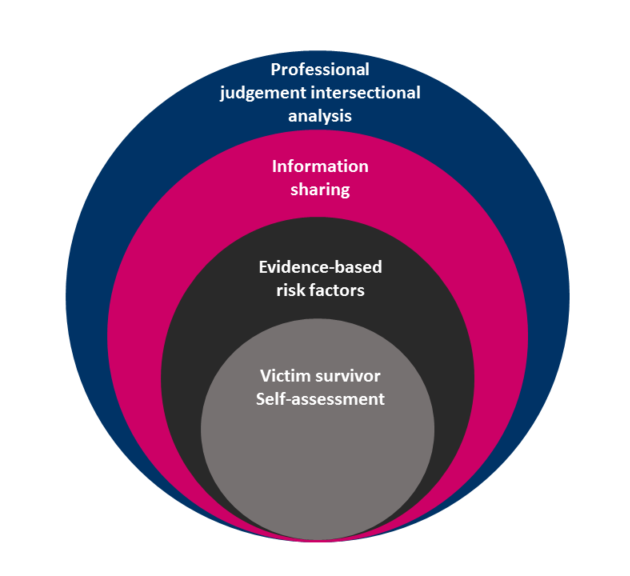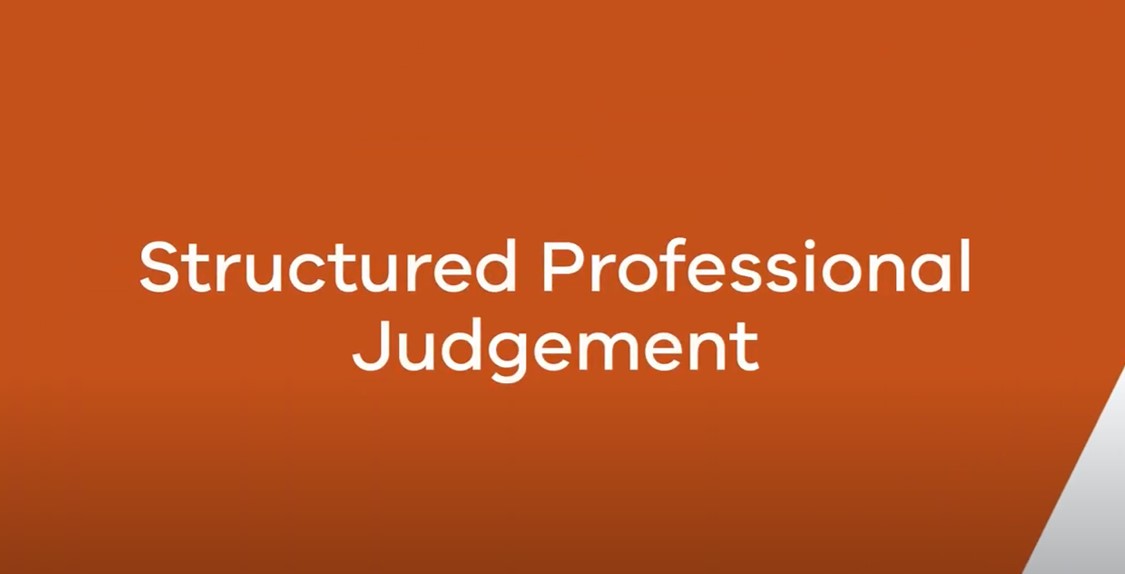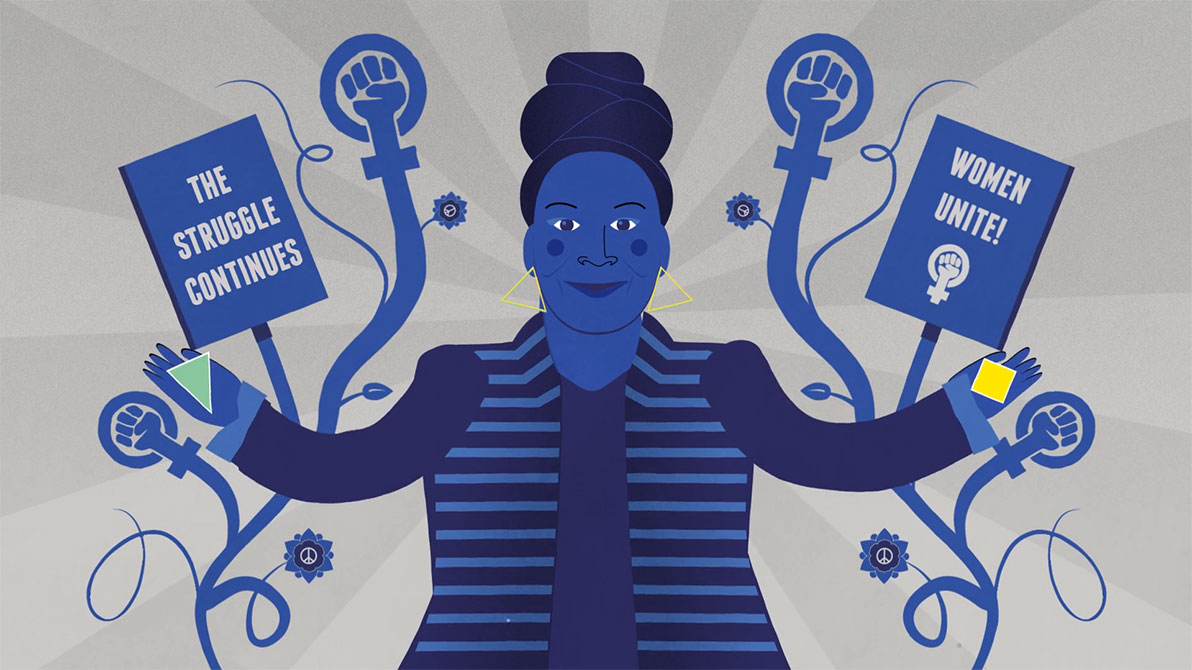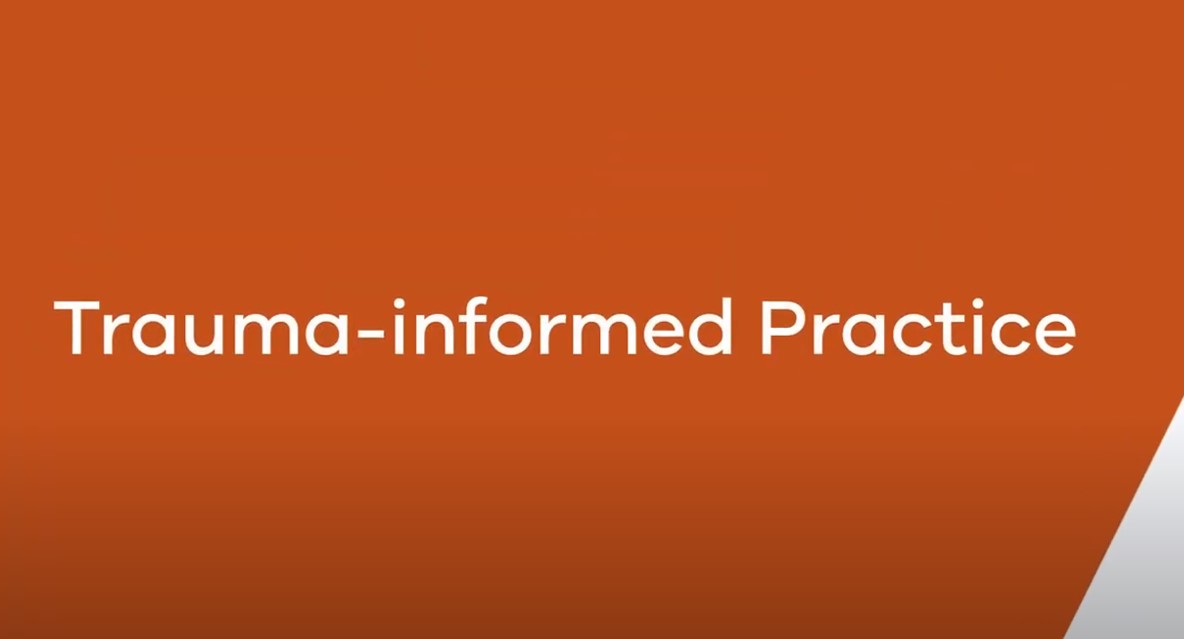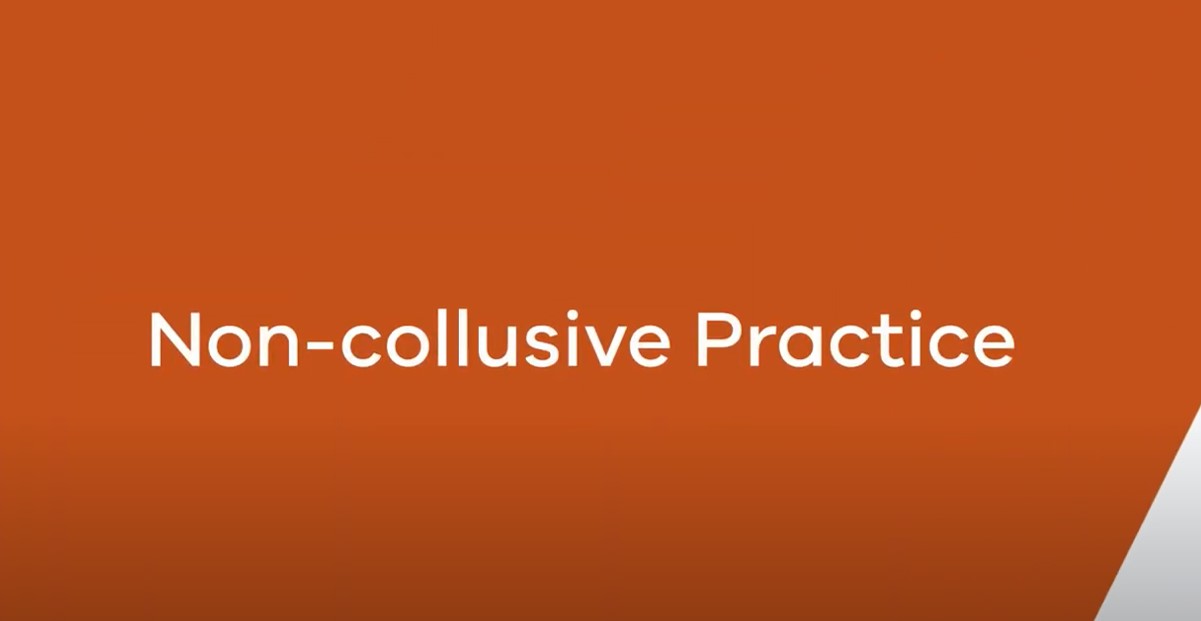Intersectional approaches
Both victim survivors and perpetrators of family violence may experience intersecting forms of power and privilege, or discrimination and disadvantage.
Intersectionality, or intersectional analysis, is a theoretical approach recognising the interconnected nature of social categorisations and identities with experiences of structural oppression, discrimination and disadvantage.
The theory of intersectionality can help you to understand and examine power, privilege and oppression, and how these overlap or intersect in people’s lives to reinforce and produce power hierarchies.
Many people’s experience is shaped by multiple identities, circumstances or situations. Applying an intersectional lens means considering a person’s whole, multi-layered identity and life experience to understand the ways in which they have, and may continue to, experience inequality and oppression.
This can shape a person’s experience of the impact of family violence, the nature of a perpetrator’s violent and controlling behaviours and access to services.
For example, if an Aboriginal person also identifies that they have a disability, you should respond in your risk assessment and management practice to address any combined associated barriers. This provides a respectful, safe and tailored approach.
Intersectional analysis reflects an individual’s age, gender identity, sexual orientation, ethnicity, cultural background, language, religion, visa status, class, socioeconomic status, ability (including physical, neurological, cognitive, sensory, intellectual or psychosocial impairment and/or disability) or geographic location.
Gender and the drivers of family violence are critical to informing your understanding of intersectional analysis in the family violence practice context.
Structural inequality and discrimination create and amplify barriers and risk, which continue to exacerbate systemic marginalisation, power imbalance and social inequality.
Your organisation’s policies, practices and procedures can either address these inequalities, or contribute to them further by privileging the dominant group and reinforcing the exclusion of people outside of it.
People and communities experience structural inequality, barriers and discrimination as oppression and domination. These relate to the impacts of patriarchy, colonisation and dispossession, racism, ableism, ageism, biphobia, homophobia and transphobia.
When applying an intersectional lens, you must reflect on and understand your own bias, so you can respond safely and appropriately in practice. You can use supervision with managers and engagement with colleagues to reflect on and respond to bias.
The MARAM Practice Guides provide extensive information about applying an intersectional analysis lens to working with both victim survivors and perpetrators.
Your organisation’s policies, practices and procedures can either address these inequalities, or contribute to them further by privileging the dominant group and reinforcing the exclusion of people outside of it.
People and communities experience structural inequality, barriers and discrimination as oppression and domination. These relate to the impacts of patriarchy, colonisation and dispossession, racism, ableism, ageism, biphobia, homophobia and transphobia.
When applying an intersectional lens, you must reflect on and understand your own bias, so you can respond safely and appropriately in practice. You can use supervision with managers and engagement with colleagues to reflect on and respond to bias.
The MARAM Practice Guides provide extensive information about applying an intersectional analysis lens to working with both victim survivors and perpetrators.

